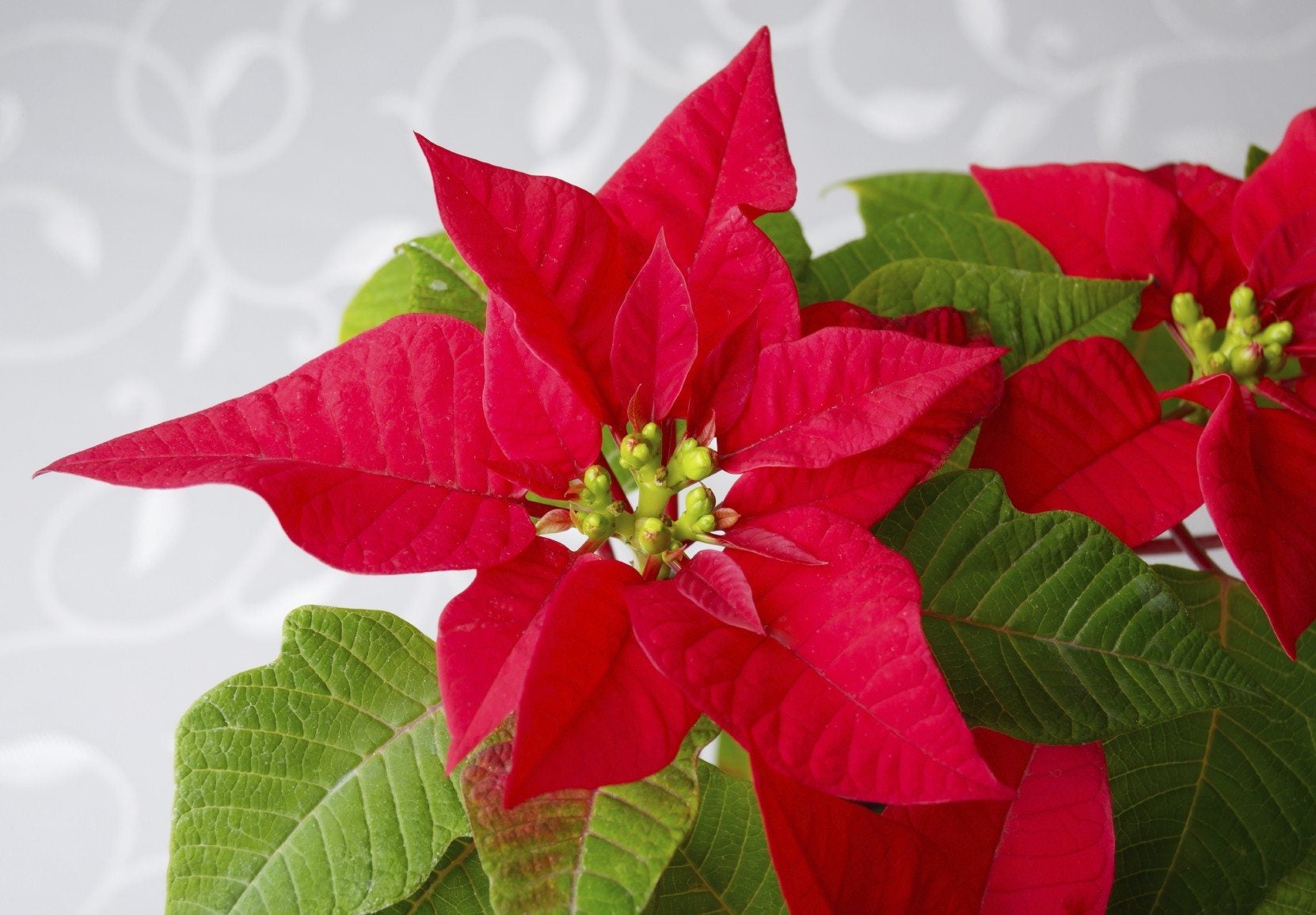Poinsettia Fertilizer Requirements: How And When To Fertilize Poinsettias


Poinsettias are striking tropical plants appreciated for the bright color they provide during the winter holidays. With proper care, poinsettias can retain their beauty for two to three months and if you’re dedicated, you can even get poinsettias to rebloom the following year. Let’s learn about a very important aspect of poinsettia care: fertilizing poinsettias.
Best Fertilizer for Poinsettia Plants
Poinsettias do fine with any good quality, all-purpose fertilizer. A water-soluble fertilizer is easiest to apply, but a dry fertilizer will also satisfy poinsettia fertilizer requirements. Be sure to water the plant thoroughly after fertilizing poinsettias, especially if you use dry fertilizer. Otherwise, the fertilizer may scorch the roots and damage the plant. Don’t bother fertilizing your poinsettia while it’s blooming, it isn’t necessary. Similarly, if you don’t intend to keep the plant and your goal is to simply enjoy it as a holiday decoration, no fertilizer is needed. However, be sure to keep the plant well-watered, but never soggy. Place the plant in a bright, cool location away from heat and drafts.
When to Fertilize Poinsettias
Knowing how to fertilize a poinsettia is as important as when. If you’re saving your poinsettia for reblooming, the plant will benefit from a dose of all-purpose, water-soluble fertilizer in late March or early April. This is also time to give the plant a good pruning too. As a general rule, continue to fertilize the poinsettia regularly– about once every month during spring and summer, using the same fertilizer diluted to half strength. If you live in a mild climate and you’re able to take your poinsettia outdoors during the summer months, be sure to keep the plant well-watered and fertilized. Bring the plant indoors before the first frost. A well-cared-for and well-fed poinsettia will produce those abundant colorful flower bracts again and again, or at least as long as you intend on keeping the plant.
Sign up for the Gardening Know How newsletter today and receive a free copy of our e-book "How to Grow Delicious Tomatoes".

A Credentialed Garden Writer, Mary H. Dyer was with Gardening Know How in the very beginning, publishing articles as early as 2007.